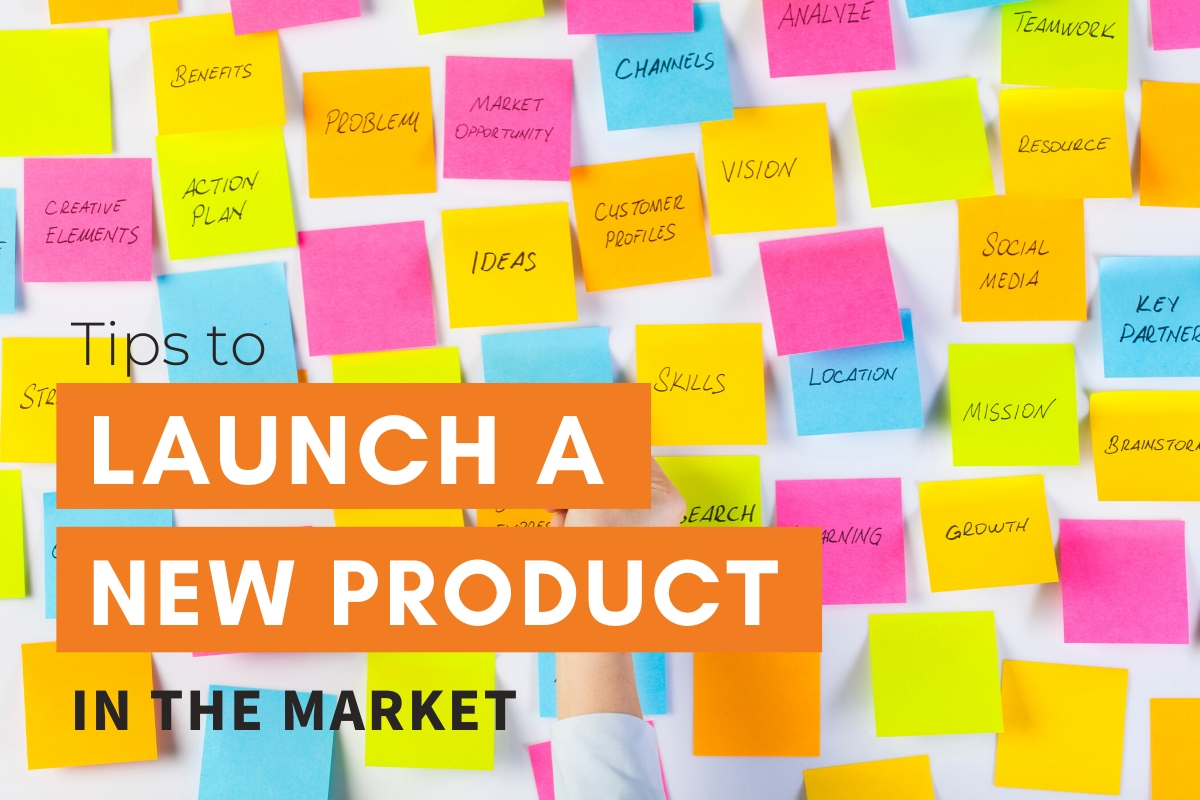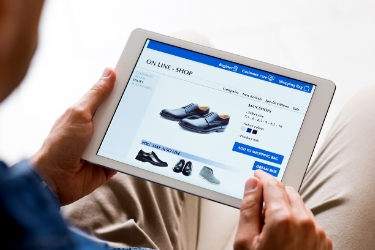
New products are always fun in the ideation phase, but when it comes to planning a marketing launch, businesses need to be as strategic as possible. Launching a new product requires coordination between your marketing department, sales team, customer service, executives, and other stakeholders, as well.
How will you introduce your product to the real world? It's exciting to brainstorm and think of all the ways that customers will be able to use this new thing that you have spent so much time on. However, what happens if you spend months building a product or service only to find that customers don't like it as much as you thought they would? To prevent this, we have the best tips to launch a new product in the market from experts and experienced marketers.
All business owners should know how to access their business data to look at customer profiles. This is where you should always begin new product research, even if you come up with an original idea. What do your customers want? Why do your customers go to your website or store? Have you seen a drop in sales of certain products? How are your competitors acquiring new customers?
One of the things that marketers do is look for patterns in data to uncover more customer value. While data is essential for research, you should also combine it with ingenuity and innovative ideas. Data should never hinder creativity.

Perhaps it's older landing pages or a non-responsive website that does not work on mobile, or maybe you don't have a fast checkout, but whatever it is, customers have abandoned your checkout over and over. Understanding your customer's pain points is essential to building the best user experience.
How will people find out about your products? Can they buy it easily on your website? If you have had issues with product launches in the past or have seen a lack of online sales growth, then your website may need updates before you launch. Your customers should be able to navigate to products, quickly add to checkout, and purchase within 60 seconds for an optimal checkout experience.
It also helps to have an AIDA model in SEO to set up your content so that search engines can easily rank your website.
Any good marketing strategy starts with market research. You want customers to come back anyway. So why not ask them to complete a survey for a quick discount? You can gain incredible insight into what customers think about your products, what they want to see next and see how they communicate with you. You can gain valuable insight that will help refine the product design, ad messaging, features, and marketing language that will help make your next product launch campaign even more successful.
What's currently on the market in your industry? How do your products stack up? If you look at your reviews and ratings, what do customers say about your products in comparison to competitors? Customers are continually comparing products between competitors for price, features, quality, and new designs, so you should be doing the same.
When launching a product, you also have to know what its strengths are. How will it be perceived in comparison to what's already out there? What do you want people to take away from your product launch? You should be able to name at least three things that people will be talking about after seeing your latest product arrive.
Understanding your market and target audience also means launch planning around social media and different channels. How will you design a landing page to post on these channels? You don't want to forget building content around your launch through blog posts and press releases as well.

Many companies talk about new ideas publicly to get immediate feedback from social media, fans, influencers, and consumers at large. While you may want to keep some mystery and suspense around your product, you can test out some of the ideas to see if you are headed in the right direction.
You will also get a handle on what customers are expecting. Did you know that Sir James Dyson, the inventor of the best-selling vacuum, went through almost 5,200 prototypes before he found one that people would buy? This is why announcing some features, and talking about prototypes within the industry can be very beneficial. These announcements can come at places such as a conference or within an in-market podcast interview.
What will your new product be like? How will you design it? What will customers think about this new, unique thing you're building? You could always run a contest where your fans compete to come up with the best idea, then have your followers, fans, website visitors, and so forth go to a landing page where they can vote on the final winner. This gives you so much insight into what customers want and how they will react to different product designs.
Building a community is essential for product launches because these are the people who will spread the word about your latest release. When businesses have their followers, they can generate a buzz quite quickly. Also, you want to conduct a pre-launch. Companies often leak some things about new products before they launch to get shares and engagement before you begin. While some larger corporations may be able to drop new releases, most companies do press and leaks beforehand to start up the online buzz before the actual day of launch.
It would be best if you were building an audience around your brand and product as much as possible, leading up to the launch as well. You may want to get involved in events and start frequently posting to get customers used to seeing your content, as well as build suspense with some "sneak peek" posts and the like to give customers something to look forward to.
Instagram and Pinterest are great places to build interest visually. You can tease products and share behind-the-scenes content to get people talking about your new product months in advance.

You have studied your customers and come up with a plan. You know what they want and understand how your product matches up against competitors. Now, you need to be able to tell your customers why they need your product and how it's the best on the market.
You have to start thinking about why your product is essential to your customers. One of the most prominent examples of crafting a narrative around a product launch comes from Steve Jobs, the legendary founder behind Apple. He was a fantastic storyteller and loved delivering significant product launches with metaphorical visuals and music.
When you create your product story, the most critical part of the process is thinking about your customer, not how cool your product is. People buy things because they make a connection to them. If you focus too much on features you think are cool, you'll miss what customers think about it.
Another great example is the Bombas sock brand. Their marketing plan centers around how buying their socks will provide socks to the homeless and those in need. Who wouldn't want to support an organization that gives something that everyone needs and does it so generously?
Bonus Tip: During post-launch, set up a series of social media posts around the product or service being used in the real world. Businesses need to keep people talking about a product, which is why you may want to set up ads on social media to remarket to those who liked your post. With targeting on Facebook, you can market your products through ads specifically aimed at groups of people.
So what will your product narrative be? Remember, talk to your customers and think about what gets them excited before coming up with your product launch strategy.
Finally, go through your website's checkout experience before product launch to ensure it's easy to purchase from you. There are plenty of small business website packages out there to bring your website ideas to life without allowing your user experience to suffer.
Begin with analyzing customer data to understand their needs and identify gaps; combine insights with creativity.
A modern, mobile-friendly site ensures customers can quickly find, learn about, and purchase the new product, supporting a smooth 60-second checkout.
Use surveys offering small incentives to gather feedback on features, messaging, and design, refining your product and marketing.
Share selective sneak peeks on social media, discuss prototypes at events, and engage influencers to gain early feedback while building suspense.
Focus on why the product matters to customers, highlight benefits over features, and connect emotionally using narratives that align with customer values.